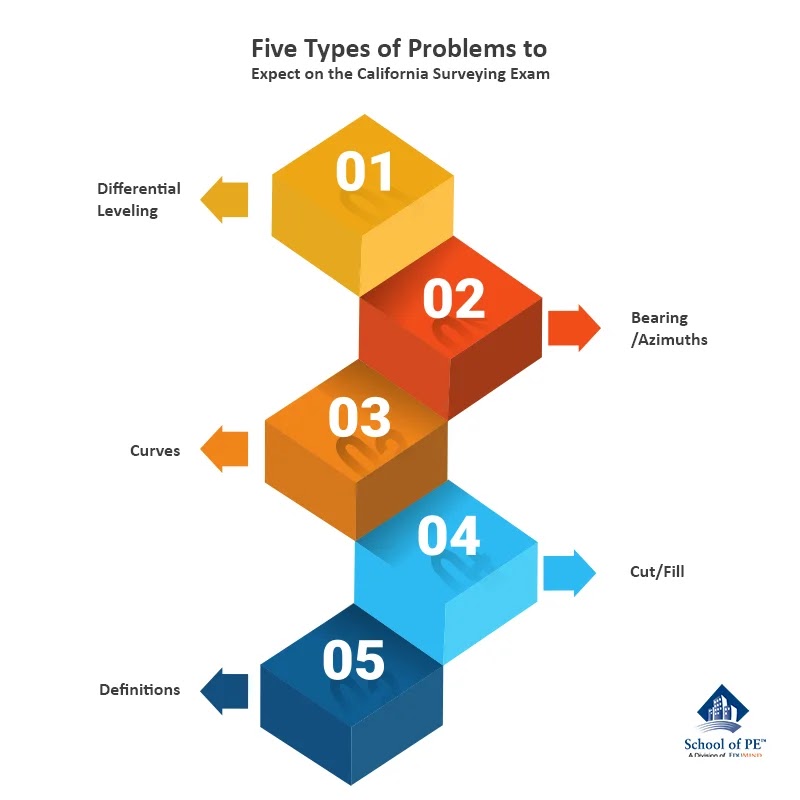Monday, 31 August 2020
10 California Engineering Surveying Studying Tips
Monday, 24 August 2020
Does Passing the CA Surveying Exam Make You a Licensed Surveyor?
- Create and use topographic maps
- Set construction stakes after control points are established
- Create contour surveys using photogrammetry
- Become a city engineer
- Create a tentative map (a preliminary subdivision or parcel map)
- Prepare civil plans
- Use ALTA (American Land Title Surveys) to create grading plans
- Set and relocate monuments or control points
- Re-establish benchmark elevations
- Replace lost corners
- Prepare legal descriptions
- Prepare parcel or subdivision maps
- Prepare boundary/property surveys
- Perform boundary line adjustments
- Perform geodetic surveying
- Replace lost corners
- Establish easements
- Create right-of-way maps
Ms. Kelly is an experienced structural engineer with a focus on seismic risk. She has extensive experience in structural failure investigations, seismic structural design, and seismic risk assessments. Through the School of P.E., she has taught a 32-hour course for the California Seismic P.E. Exam, authored several blog posts, and contributed to other review products. She has a Bachelor of Science in Civil Engineering from Johns Hopkins University and a Masters of Engineering in Structural Engineering from Lehigh University.
Monday, 17 August 2020
Five Types of Problems to Expect on the California Surveying Exam

Ms. Kelly is an experienced structural engineer with a focus on seismic risk. She has extensive experience in structural failure investigations, seismic structural design, and seismic risk assessments. Through the School of P.E., she has taught a 32-hour course for the California Seismic P.E. Exam, authored several blog posts, and contributed to other review products. She has a Bachelor of Science in Civil Engineering from Johns Hopkins University and a Masters of Engineering in Structural Engineering from Lehigh University.
Sunday, 9 August 2020
Errors in Surveying: How to Identify and Calculate for the CA Surveying Exam
Ms. Kelly is an experienced structural engineer with a focus on seismic risk. She has extensive experience in structural failure investigations, seismic structural design, and seismic risk assessments. Through the School of P.E., she has taught a 32-hour course for the California Seismic P.E. Exam, authored several blog posts, and contributed to other review products. She has a Bachelor of Science in Civil Engineering from Johns Hopkins University and a Masters of Engineering in Structural Engineering from Lehigh University.
Monday, 3 August 2020
Four Strategies for Tackling Scale Problems on the CA Surveying Exam
Ms. Kelly is an experienced structural engineer with a focus on seismic risk. She has extensive experience in structural failure investigations, seismic structural design, and seismic risk assessments. Through the School of P.E., she has taught a 32-hour course for the California Seismic P.E. Exam, authored several blog posts, and contributed to other review products. She has a Bachelor of Science in Civil Engineering from Johns Hopkins University and a Masters of Engineering in Structural Engineering from Lehigh University.
